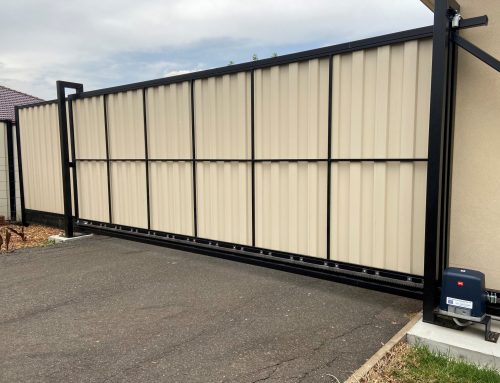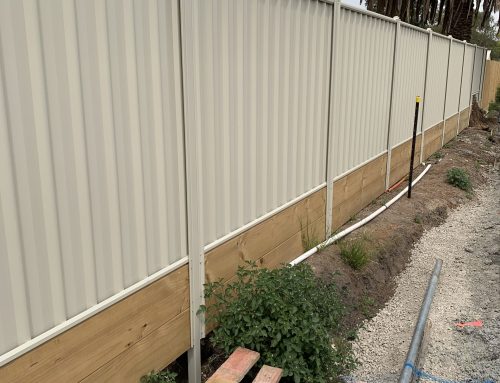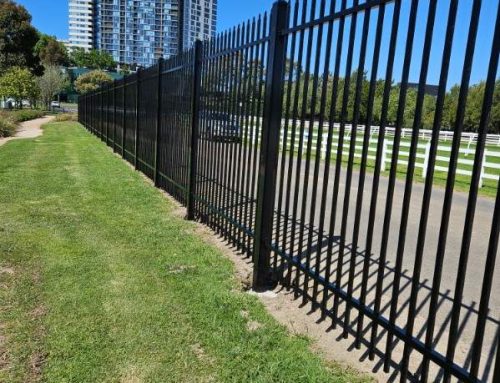Grounding An Electric Fence – An Essential Thing To Do
Today, our focus is on electric fencing. We are going to find out why is electric fencing grounding important.
Grounding is also called earthing. It is essential when it comes to the functionality of the electric fence. Grounding makes sure that the electric shock reaches the animals when they touch the fence.
If the grounding hasn’t been done properly and proper earth rods haven’t been used, the shock will not reach the animals and the fence will not do its protective job as needed.
Firstly, let’s understand how the grounding system works.
An electric fence has an energiser. It is an electric device that controls the electric pulses sent down the fence through a power source. When an animal touches the fence, the charge is released down the fence line (wire) through the grounded animal’s body back to the ground and then back to the energiser through the ground system. That’s why it is important to have a full circuit so the electric charge could travel to the animal and back to the energiser.
Different factors are affecting the grounding system and its effectiveness. For example, a dry and sandy soil provides an ineffective grounding system.
For the ground system to work effectively, it has to have ground rods. They will be the path the current travels back to the energiser’s ground terminal.
There are different types of grounding systems.
- All-live grounding system. This is a system where current flows through the animal and then to the ground back to the ground rods. It is used where the soil is moist and conductive.
- Hot/Ground. This grounding system is recommended for the soil that isn’t conductive, such as dry and sandy soils. The electric fences with hot/grounding system, have a live and ground wire. If the animal goes against the live wire, then the electric current will flow through the animal to the ground and then back to the ground rods. If not and the animal will go against ground wire instead, then the electric current will flow through the ground wire to the ground rods.
- Betonite salt ground system is used for extremely dry soil. This is where stainless steel ground rods are used as the salt surrounding each rod attracts moisture and stainless steel is used to prevent salt corrosion. A betonite is used to retain moisture.
- The bipolar grounding system is used in extreme conditions where were sandy and dry soil has no conductivity. In that case, the electric fence has to have all live wires.
Regardless of the grounding system used, you need to make sure it has been installed properly. Trusted fencing contractors will make sure of that!
If you have any steel fencing questions, turn to us! We are more than happy to answer those questions for you!
Call us on (03) 9753 4566, shoot us an email on info@diamondfence.com.au, or just get a FREE online quote.








